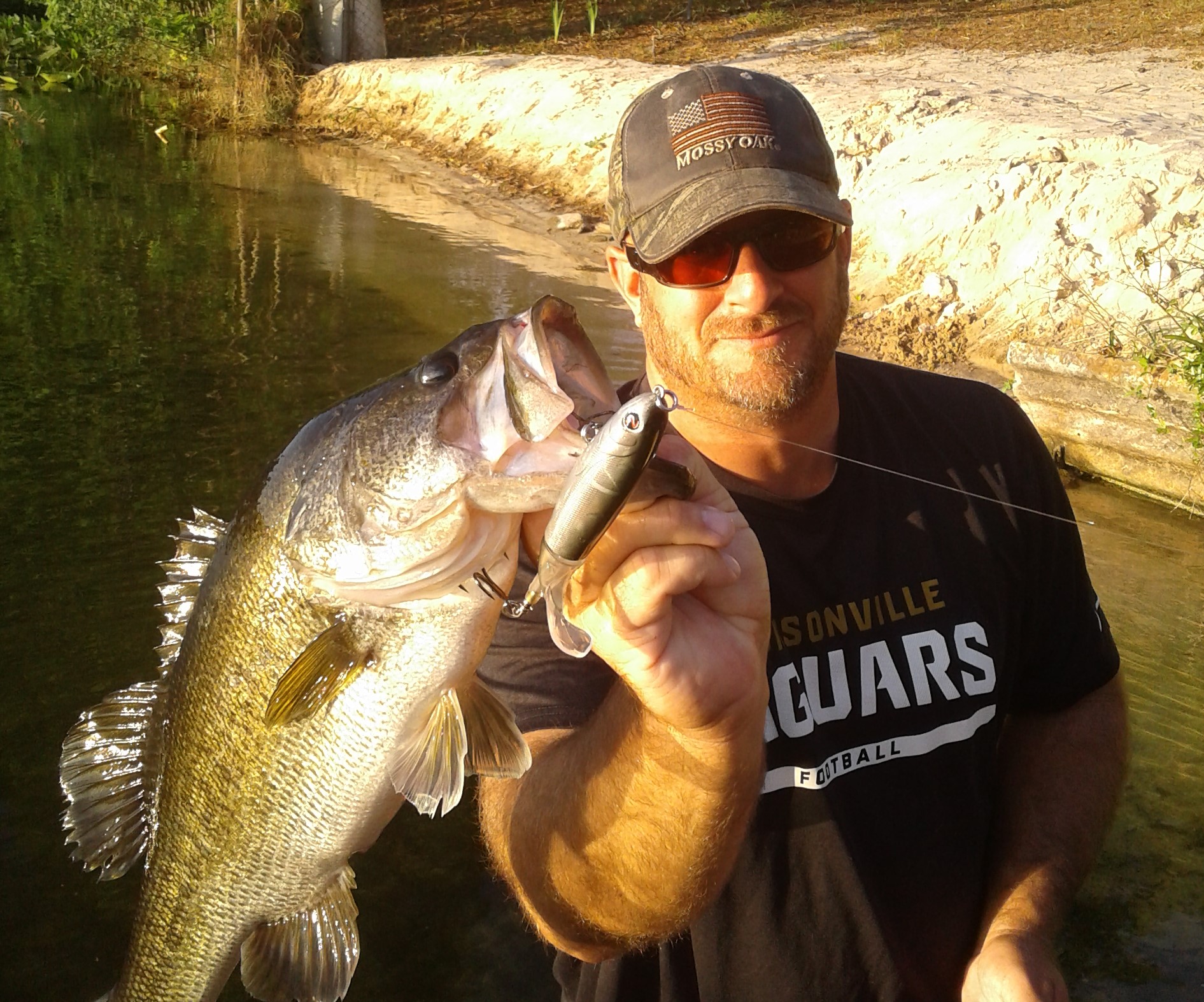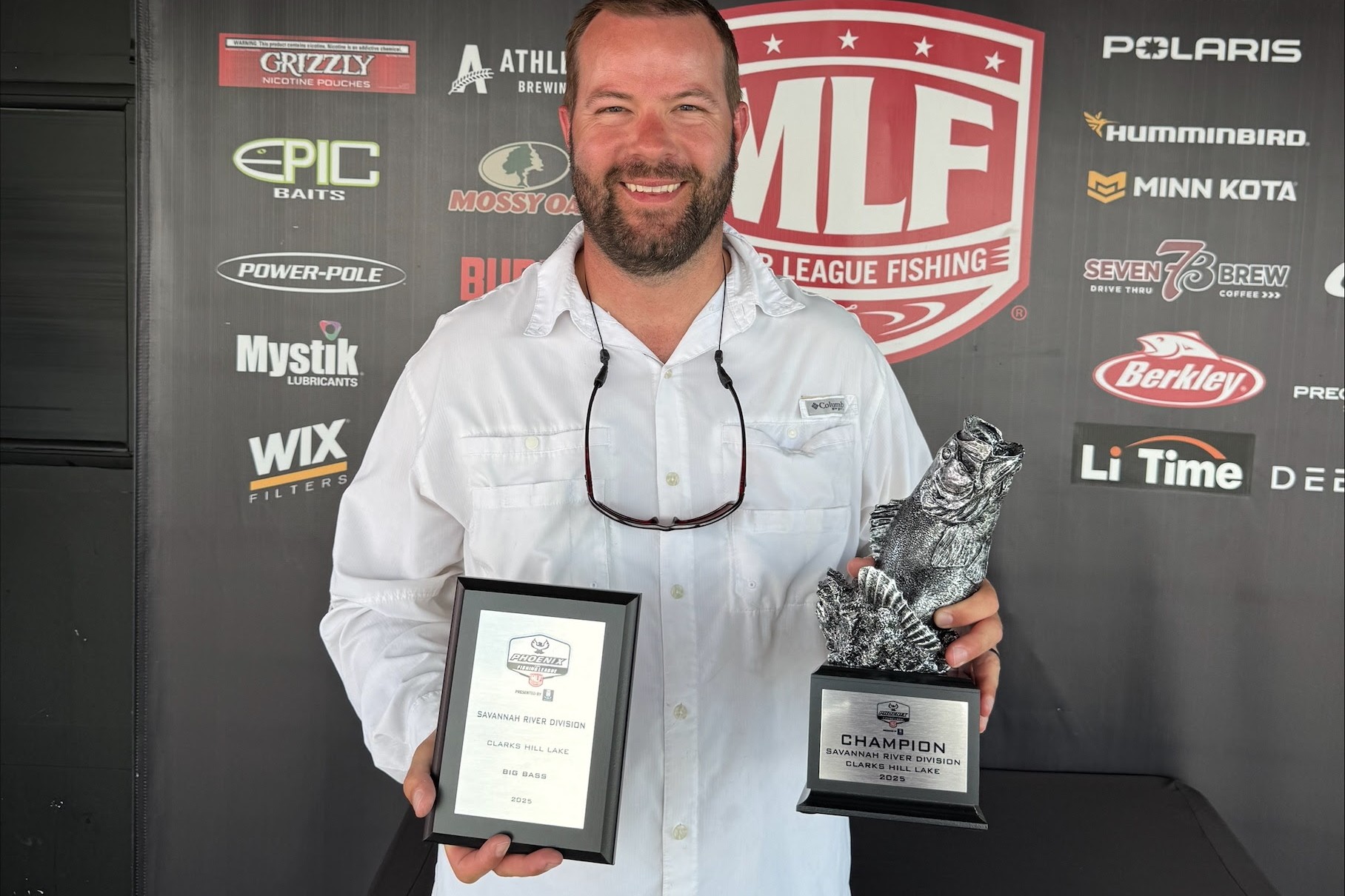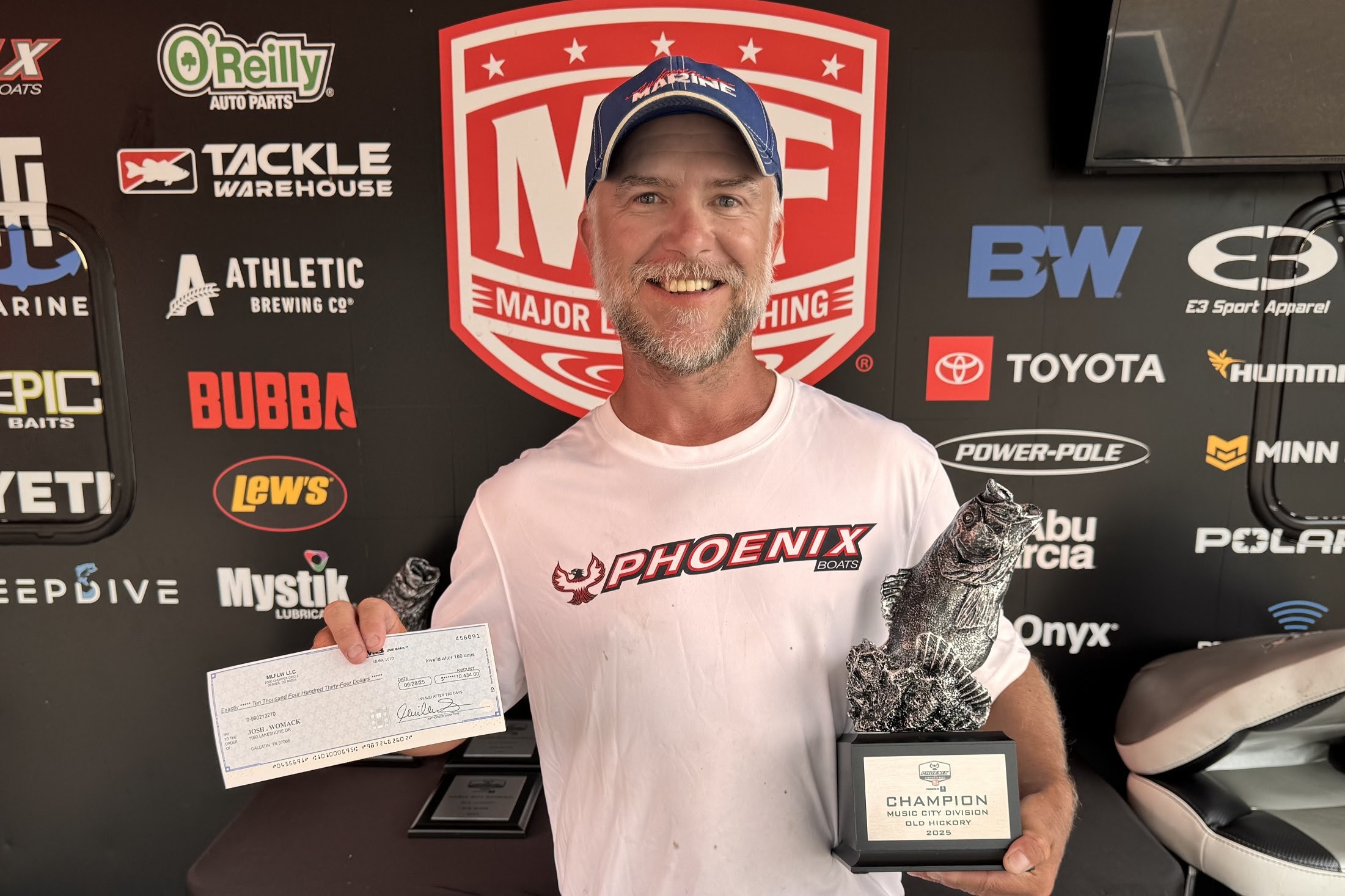Ditch the Drag During the Doldrums
Courtesy of Vance McCullough
The dreaded summer doldrums. A time when the winds lay and the water’s surface slicks off. It coincides with soaring temperatures. The combination can make the catching slow and the fishing miserable, in general.
In ancient times, getting caught in the doldrums could result in a slow death for sailors whose sails went limp far from any shoreline. Bass anglers seldom face such grave straits when the waters still themselves, but it can be a frustrating situation. What to do?
Time to throw the old ball and chain? Indeed, the Carolina rig is a champion’s choice for tough conditions. It catches fish of all sizes in all weather and allows for endless options in soft plastics on the business end of the line.
BUT.
There may be a better way – and most folks think it’s just a lot more fun.
Topwater lures offer one of the best, if counterintuitive, remedies. Bassmaster Elite Series Pro Greg Hackney has an interesting take on the situation. “I love to throw a buzzbait over grass when it’s hot and slick calm. It’s so hard to fool ‘em with subsurface lures when the water is calm – the worst is when it’s overcast and calm because they get such a good look at it. At least when it’s sunny you have dark, light, dark, light and that helps breakup the outline of the bait. But when it’s calm, you need to break up the bait’s silhouette and the ruckus a buzzbait makes is a great way to do it.”
While Hack’s attack works well in shallow, weedy waters, many fisheries are deeper and clearer and call for a different topwater tactic.
Smallmouth anglers know well that calm conditions can make the topwater bite fire. Brownies will rocket from 15-to-20-foot depths to blast a surface plug. Largemouth will often do the same.

This writer grew up on a deep, clear strip pit and still fishes there often. Grass or not, as long as water clarity permits, bass will come a long way for a topwater plug. The noisier, the better. As Hackney notes, you need to break up the lure’s image so that the fish don’t get too good a look at it. At the risk of sounding unsophisticated I’ll admit that a Whopper Plopper can be an outstanding choice for this scenario. I have pulled some giant bass up on this lure. It works well on suspended fish, and they don’t track the big surface plug only to veer off at the last second as they often do with a swimbait. Bass come at a noisy, splashy plug with murder on their mind.
Long casts are crucial in calm, clear water. Lighter line helps facilitate this, but a stout hook set is needed, even at the distances involved. Braid is a good choice regardless of water clarity because fish see the line anyway (fluoro lights up like a laser when the sun is out) and a strand of braid resembles a long piece of grass floating along the surface – a common sight in late summer.
This is also a great time to throw big baits. The extra weight gives extra casting distance. Also, and this is especially true in clear water, the bigger the bait, the bigger the draw. This means fish will move farther to check out a substantial meal opportunity than they will to investigate a small snack. If bass are tucked deep down, you can bring more of them to the surface with bigger lures.
Always match rod action to the hooks you’ll be using. Trebles call for parabolic bends associated with glass or composite cranking sticks. The good news is there are many budget-friendly options in this category.
Next time you find yourself struggling through the most boring conditions known to bass fishing, add some excitement and throw a topwater lure.
Heck, if that doesn’t work, you can always drag a Carolina rig.


















